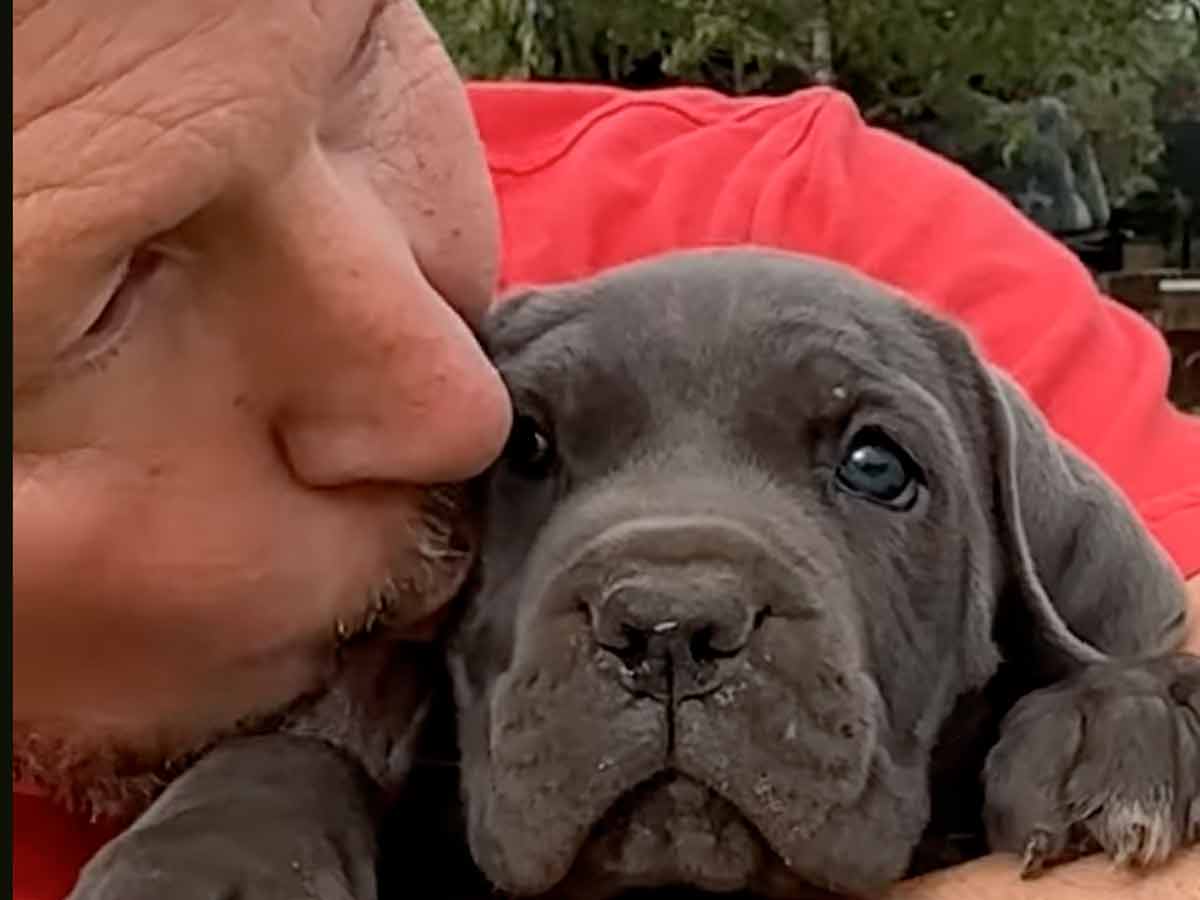How to Pick the Best Puppy from the Litter?
Today, I’m going to walk you through how to choose the best puppy from a litter. There are a bunch of details you need to keep in mind to make sure you’re picking a top-quality pup. Let’s go over everything you should look at and consider to make the smartest choice.
Key Traits to Look For in a Puppy
When you’re picking out a puppy, there are a few things you’ve got to check. For example, we’ve got a female who’s almost 40 days old and a male who’s 30 days old. They’re not from the same litter, but both are black, and we’ve picked them to show you how to assess their quality.
The Puppy’s Temperament
Temperament is a huge deal. To figure out a puppy’s personality, there are some easy tests you can do, like the Camel test, which works great. Plus, if the breeder or seller has spent time with the puppies, they’ll already know each one’s vibe. They can tell you who’s the boss of the group, who growls over food, who’s a bit shy—all that stuff. It matters because temperament plays a big role in how the dog grows up and behaves.
Phenotype: Face and Mouth
The first thing to check out is the puppy’s phenotype—basically, how they look. The face is a biggie. You want a muzzle that’s nice and full—it’s a sign of better quality. Then there’s the eyes—they should look as normal as possible, not droopy like a Neapolitan Mastiff’s, since that can lead to issues later, like with the Harderian glands. The eyes should be small, with no red showing.
As for the mouth, with Cane Corsos, it’s normal for puppies to have a prognathic bite—where the lower jaw juts out a bit. Some folks might worry about that, but with this breed, the bite usually shifts as they grow. So don’t panic if the mouth looks a little “downward” at first.
The Puppy’s Stance
Another thing to watch is how the puppy stands. Check out how they plant their feet. You want good, solid stance—paws shouldn’t be splayed out or twisted. The back legs need decent angulation too. The puppy shouldn’t be super long in the body, since the Cane Corso is built compact—almost square, but with a slight rectangular stretch. If the structure’s too stretched out, it’s not the best fit.
The Tail and Its Placement
The tail’s worth a look too. It should start right where the back ends—that’s called the tail set. It’s a structural thing, and it’s key because it ties into how well the puppy matches the breed standard.
Is the Biggest Always the Best?
When it’s time to choose, a lot of people go for the biggest puppy in the litter. But here’s the deal: size doesn’t always mean quality. With some breeds, like Chihuahuas, a bigger dog might actually be off-standard. Every breed has its own size range, and the ideal puppy should fit that—not just be the biggest.
What really counts is how well the puppy lines up with the breed standard, not just how big they are. Quality comes from a lot more than size alone.
Socialization and Mental Stimulation
One of the biggest things—especially with a big breed like the Cane Corso—is socialization. This dog needs it to avoid turning fearful or aggressive. If a puppy doesn’t get proper socialization early on, you might see behavior problems pop up later.
Mental stimulation is just as crucial to help them grow up balanced. A well-socialized Cane Corso adapts easily to their surroundings and family, without fears or baggage.
Wrapping It Up
So, to sum it up, when you’re picking a puppy, focus on their phenotype, temperament, structure, and socialization. Size isn’t the ultimate sign of quality—what matters is a pup that’s steady in behavior and solid in build. On top of that, socialization and mental work are musts to raise a healthy, well-adjusted dog.
Get in Touch with Cane Corso X-MAN
If you’re thinking about adding a high-quality Cane Corso to your family, don’t hesitate to reach out. We’re based in Barcelona and would love to answer your questions and guide you through this exciting journey.


